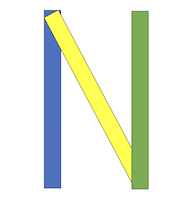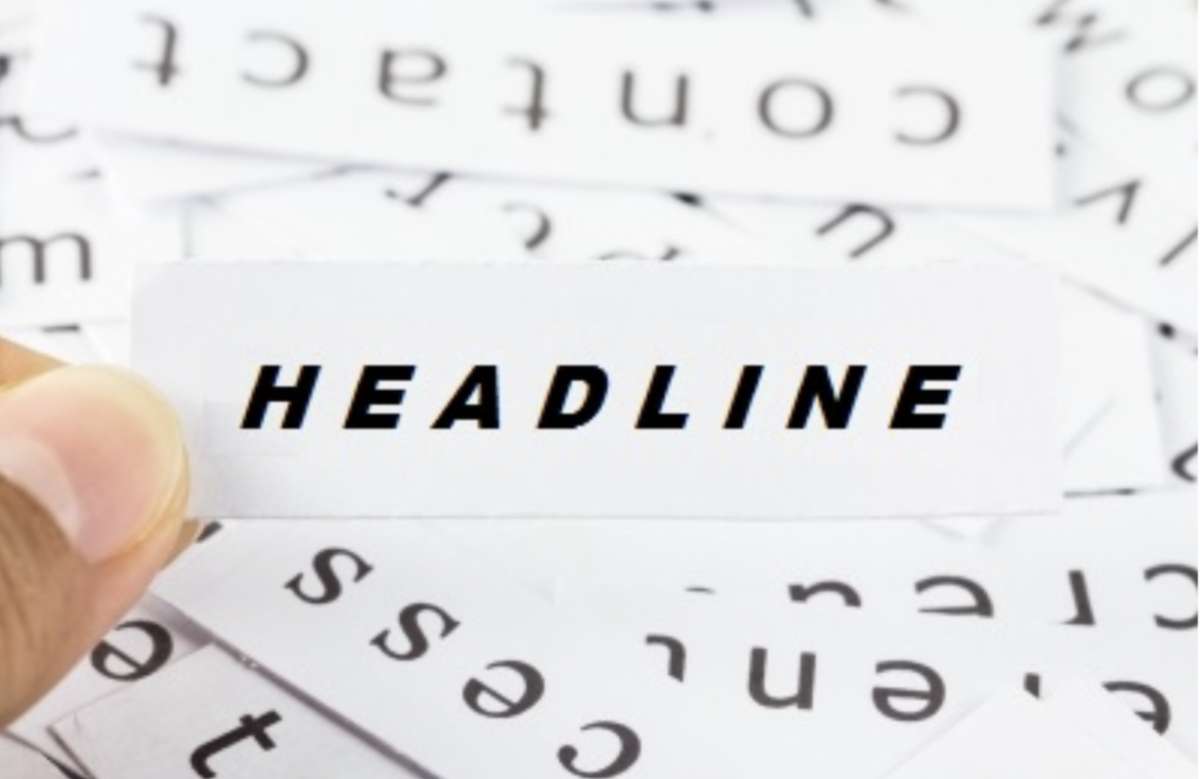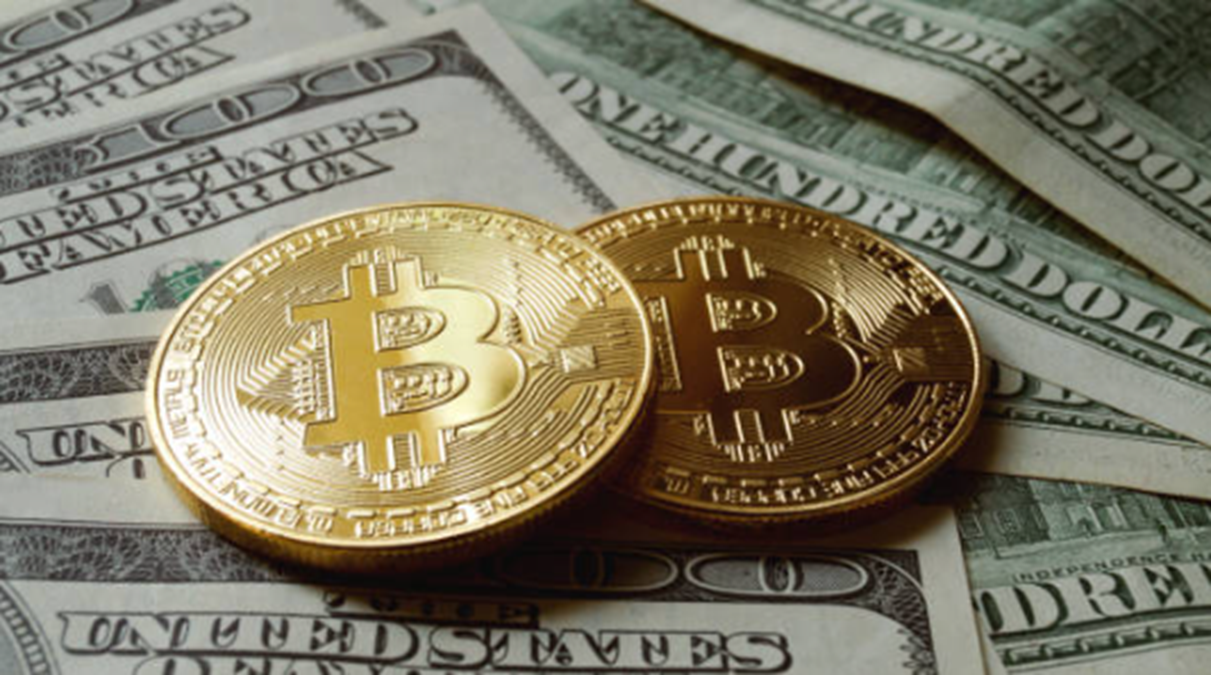Determining whether an article is peer-reviewed involves examining various indicators. Here are some steps and criteria to help you identify if an article has undergone the peer review process:
- Check the Journal:
- Start by looking at the journal in which the article is published. Many reputable academic journals have a peer review process for articles they publish.
- Visit the journal’s website and check its submission and review process. Journals often provide information about their peer review policies.
- Review the Article’s Information:
- Look for information on the article itself, such as the abstract or first page. Journals usually indicate whether the article has undergone peer review.
- Check for statements like “peer-reviewed,” “refereed,” or “submitted for peer review” in the article’s header or footer.
- Examine the Author’s Affiliation:
- Consider the author’s academic affiliation. Scholars affiliated with universities or research institutions are more likely to submit their work to peer-reviewed journals.
- Explore the Article’s Structure:
- Peer-reviewed articles typically have a structured format, including sections like abstract, introduction, methodology, results, discussion, and conclusion. This format is common in scholarly writing.
- Check Databases and Indexes:
- Use academic databases like PubMed, Scopus, or Web of Science to search for the article. These databases often index peer-reviewed journals, and they may provide information about the peer review status of the article.
- Look for Peer Review Icons:
- Some databases and journal websites use icons or symbols to indicate whether an article is peer-reviewed. Check for these symbols next to the article or journal name.
- Consult Ulrich’s Periodicals Directory:
- Ulrich’s Periodicals Directory is a comprehensive database that provides information about various journals, including whether they are peer-reviewed. You can search for the journal title to verify its status.
- Visit the Publisher’s Website:
- Go to the website of the publisher listed on the article. Reputable publishers often have information about their peer review policies and the journals they publish.
- Use Library Resources:
- Consult your university or local library resources. Librarians can guide you on how to identify peer-reviewed articles using library databases and catalogs.
Remember that the absence of information indicating peer review does not necessarily mean an article has not undergone the process. Some legitimate journals may not explicitly state their peer review status. However, considering multiple indicators will enhance your confidence in determining whether an article is peer-reviewed.




